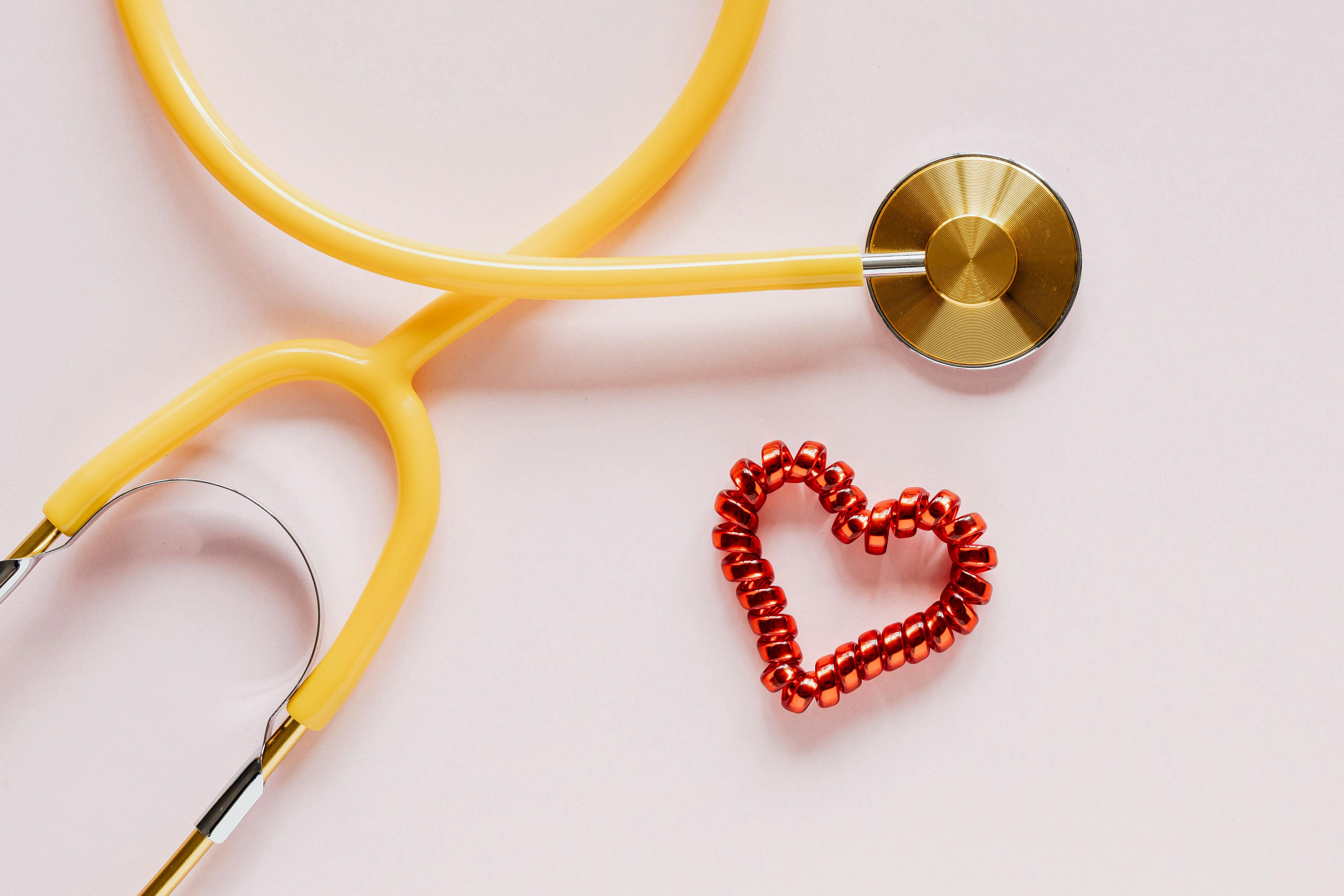
In today's health-conscious world, the terms "sanitization" and "disinfection" are often used interchangeably. However, these are distinct processes with different purposes, methods, and effectiveness levels. Understanding the difference is crucial for maintaining proper hygiene in your home or business and choosing the right approach for your specific cleaning needs.
The Fundamental Difference
The key distinction lies in the level of germ reduction each process achieves and the types of microorganisms they target. While both methods reduce harmful microorganisms, they do so to different degrees and serve different purposes in a comprehensive cleaning strategy.
Sanitization
Reduces the number of bacteria to safe levels as determined by public health standards. Typically eliminates 99.9% of bacteria within 30 seconds to 5 minutes.
- • Focuses primarily on bacteria
- • Faster acting (30 seconds - 5 minutes)
- • Suitable for food contact surfaces
- • Less harsh chemicals required
- • Reduces to "safe" levels, not elimination
Disinfection
Destroys or inactivates most pathogenic microorganisms including bacteria, viruses, and fungi. Eliminates 99.999% of microorganisms with proper contact time.
- • Targets bacteria, viruses, and fungi
- • Longer contact time required (1-10 minutes)
- • More comprehensive pathogen elimination
- • Stronger chemical formulations
- • Near-complete destruction of pathogens
Understanding the Science Behind Each Method
How Sanitization Works
Sanitization works by reducing the number of bacteria on surfaces to levels that public health codes consider safe. The process doesn't necessarily kill all microorganisms but brings their numbers down to a point where they're unlikely to cause illness.
- Target: Primarily bacteria, some viruses
- Effectiveness: 99.9% reduction in 30 seconds to 5 minutes
- Method: Chemical sanitizers or hot water (171°F/77°C)
- Best for: Food service areas, routine cleaning
How Disinfection Works
Disinfection is a more aggressive process that destroys or inactivates pathogenic microorganisms. It's designed to eliminate disease-causing bacteria, viruses, and fungi, providing a higher level of protection against infection.
- Target: Bacteria, viruses, fungi, and spores
- Effectiveness: 99.999% elimination with proper contact time
- Method: EPA-registered disinfectants with specific contact times
- Best for: Healthcare settings, contaminated areas, illness outbreaks
When to Use Sanitization
Sanitization is ideal for routine cleaning and areas where food is prepared or consumed. It's the appropriate choice when you need to reduce bacteria to safe levels quickly without the need for complete pathogen elimination.
Best Applications for Sanitization:
- Food preparation surfaces: Countertops, cutting boards, and utensils
- Dining areas: Tables, chairs, and high-touch surfaces in restaurants
- Children's toys: Items that may go in mouths or be handled frequently
- Kitchen appliances: Microwave interiors, refrigerator shelves
- Hands: When soap and water aren't available (hand sanitizer)
- Routine maintenance: Daily cleaning in low-risk environments
Important Contact Time for Sanitization
Sanitizers typically require 30 seconds to 5 minutes of contact time to be effective. The surface must remain wet with the sanitizer for the entire contact time to achieve the 99.9% bacteria reduction standard.
When to Use Disinfection
Disinfection is necessary when dealing with illness, contamination, or high-risk environments where complete pathogen elimination is crucial for health and safety.
Best Applications for Disinfection:
- Healthcare environments: Medical equipment, patient rooms, surgical areas
- Illness situations: Areas contaminated by sick individuals
- Bathrooms: Toilets, sinks, and high-moisture areas prone to pathogens
- High-touch surfaces: Door handles, light switches, phones during outbreaks
- Contaminated areas: Spills involving bodily fluids or known contamination
- Childcare facilities: Areas where infectious diseases can spread rapidly
The Three-Step Process: Clean, Sanitize, Disinfect
For maximum effectiveness, especially in high-risk situations, follow this comprehensive three-step approach that builds upon each previous step:
Clean
Remove visible dirt, debris, and organic matter using soap and water. This step is essential as organic matter can interfere with sanitizers and disinfectants.
Sanitize
Reduce bacteria to safe levels, especially important on food contact surfaces and areas requiring quick turnaround.
Disinfect
Eliminate remaining pathogens including viruses and fungi when complete pathogen destruction is required.
EPA Registration and Product Selection
When choosing sanitizers and disinfectants, look for EPA registration numbers. These indicate the product has been tested and proven effective against specific pathogens under controlled conditions.
Reading EPA Labels:
- EPA Registration Number: Confirms the product's efficacy claims have been verified
- Contact Time: How long the surface must stay wet for effectiveness
- Target Pathogens: Specific germs the product eliminates (bacteria, viruses, fungi)
- Dilution Instructions: Proper mixing ratios for different applications
- Surface Compatibility: Safe for intended use areas and materials
- Safety Precautions: Required protective equipment and ventilation needs
Common Sanitizers and Disinfectants
Sanitizing Agents
| Sanitizer Type | Concentration | Contact Time | Best Use |
|---|---|---|---|
| Chlorine | 50-100 ppm | 30 seconds | Food contact surfaces |
| Quaternary Ammonium | 150-400 ppm | 30 seconds | General surfaces |
| Alcohol (Ethanol/Isopropanol) | 60-70% | 30 seconds | Hands, small surfaces |
Disinfecting Agents
| Disinfectant Type | Concentration | Contact Time | Effective Against |
|---|---|---|---|
| Bleach (Sodium Hypochlorite) | 1000-5000 ppm | 1-5 minutes | Bacteria, viruses, fungi, spores |
| Hydrogen Peroxide | 0.5-3% | 1-10 minutes | Bacteria, viruses, fungi |
| Phenolic Compounds | As directed | 10 minutes | Bacteria, some viruses |
Common Misconceptions
Myth: "Sanitizing and disinfecting are the same thing"
Truth: Sanitizing reduces bacteria to safe levels (99.9% reduction), while disinfecting destroys or inactivates most pathogens including viruses and fungi (99.999% elimination).
Myth: "Stronger is always better"
Truth: Using the right product for the situation is more important than using the strongest available. Over-disinfecting can be wasteful, potentially harmful, and may damage surfaces.
Myth: "All cleaners sanitize and disinfect"
Truth: Regular cleaners only remove dirt and debris. You need specific sanitizing or disinfecting products with EPA registration to reduce or eliminate pathogens.
Myth: "Natural products can't sanitize or disinfect"
Truth: Some natural products like alcohol, hydrogen peroxide, and certain essential oils have proven antimicrobial properties, though they may require longer contact times.
Safety Considerations
Both sanitizers and disinfectants contain active ingredients that require careful handling to ensure safety and effectiveness:
Safety Guidelines:
- • Always read and follow label instructions completely
- • Ensure adequate ventilation when using chemical products
- • Never mix different chemical products together
- • Store products in original containers with proper labeling
- • Keep products away from children and pets
- • Use appropriate personal protective equipment (gloves, eye protection)
- • Test products on inconspicuous areas first
Chemical Mixing Warning
Never mix sanitizers or disinfectants with other cleaning products. Some combinations can create dangerous gases (like chlorine gas) or reduce the effectiveness of the products. Always use one product at a time and rinse thoroughly between applications.
Choosing the Right Approach for Your Needs
For Homes:
- • Daily: Sanitize kitchen and bathroom surfaces, especially food prep areas
- • Weekly: Disinfect high-touch areas like door handles, light switches, and bathrooms
- • As needed: Disinfect when illness occurs or after contamination events
- • Seasonal: Deep disinfection during flu season or after guests
For Businesses:
- • Food service: Sanitize food contact surfaces regularly throughout service
- • Healthcare: Disinfect all surfaces between patients and at end of day
- • Offices: Sanitize workstations daily, disinfect common areas weekly
- • Schools: Regular sanitizing with periodic disinfection during illness outbreaks
- • Childcare: Frequent sanitizing of toys and surfaces, disinfection as needed
Professional vs. DIY Approaches
While basic sanitizing can be done effectively at home or in small businesses, professional services offer significant advantages for comprehensive disinfection, especially in commercial settings or after contamination events. Professional cleaners have access to hospital-grade products, understand proper application techniques for maximum effectiveness, and can ensure compliance with health department standards.
Conclusion
Understanding the difference between sanitization and disinfection empowers you to make informed decisions about cleaning and hygiene protocols. Sanitization is perfect for routine cleaning, food safety, and maintaining general cleanliness, while disinfection is essential for comprehensive pathogen elimination in high-risk situations or during illness outbreaks.
The key is using the right method at the right time with proper technique. For most daily cleaning needs, proper sanitization is sufficient and more practical. Reserve disinfection for situations requiring complete pathogen elimination, and always follow product instructions for safe and effective use. When in doubt, consult with professional cleaning services who can assess your specific needs and recommend the appropriate approach.

Derrick Kaziro
Co-Founder & CEO, Demari Cleaning Company
With extensive training in health and safety protocols, Derrick ensures all Demari Cleaning services meet the highest standards for sanitization and disinfection based on current EPA guidelines and industry best practices.


